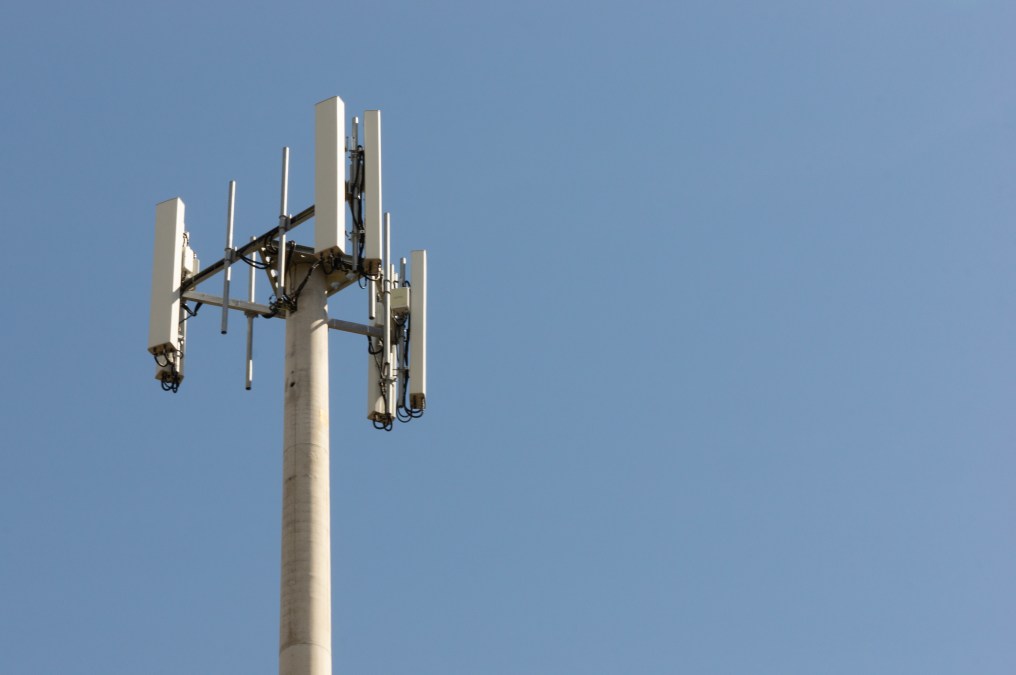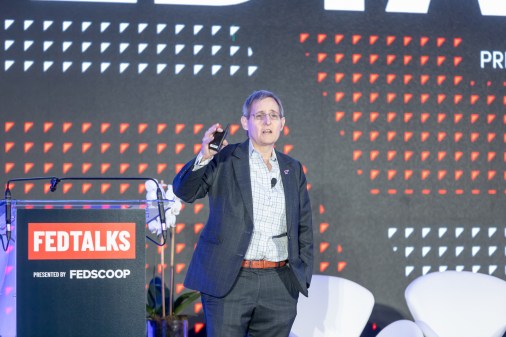Customized agency networks are the ‘real benefit’ of 5G

Government agencies should model their 5G rollouts after the Department of Defense, which customized its network to meet mission needs rather than making it widely available, according to a National Science Foundation official.
NSF similarly has invested in foundational 5G research for the last decade and started the Platforms for Advanced Wireless Research program in 2016 to provide researchers with city-scale testbeds for such customizations, said Thyaga Nandagopal, deputy division director with NSF.
The initiative plans to launch a fourth testbed focused on affordable rural broadband access in the next month or so as the government continues to refine programmable network standards.
“The approach that the DOD has taken is very much tapping into the real benefit of 5G,” Nandagopal said, during the Federal Mobility Group and ATARC 5G Government Symposium on Tuesday. “Which is you can create a custom network that suits your needs in a very localized instance.”
DOD opted to test and evaluate 5G technologies in an initial tranche consisting of five military installations before expanding to a second tranche, still underway, of seven additional sites.
Meanwhile, the Cybersecurity and Infrastructure Security Agency has focused on managing the risks to 5G networks among civilian, state, local, tribal and territorial agencies. Of primary concern are telehealth, telecommunications, sensitive government facilities and mass transit, said Serena Reynolds, chief of CISA’s Initiative Management Branch.
“We know that with 5G largely operating on a non-standalone network, it’ll really rely on that existing 4G infrastructure to provide speed and connectivity,” Reynolds said. “And certainly as 5G is largely deployed and moves to its own standalone network, government agencies are really being able to experience more of the advanced benefits.”
Until then, legacy 4G infrastructure presents vulnerabilities CISA is looking into along with:
- threat actors attempting to influence the design or 5G networks,
- malicious or inadvertent introduction of vulnerabilities into the supply chain,
- limited marketplace competition and solutions from untrusted vendors, and
- the increased attack surface from the sheer volume of 5G-enabled devices.
CISA is attempting to address these challenges through threat briefings and engagement with government agencies, the Federal Mobility Group and DOD research and development, Reynolds said.
The U.S. remains “among the leaders” in 5G technology, but competitors like China have kept pace or are catching up, Nandagopal said.
“We are still ahead,” he said. “But there’s nothing like somebody right behind you to keep you running faster.”






